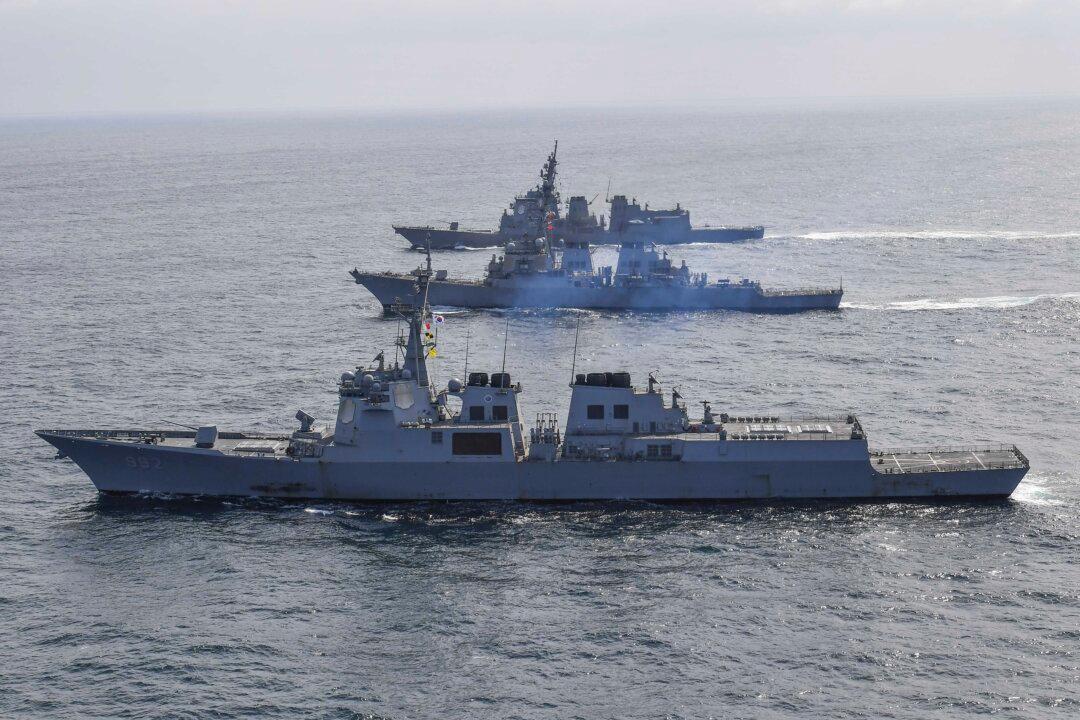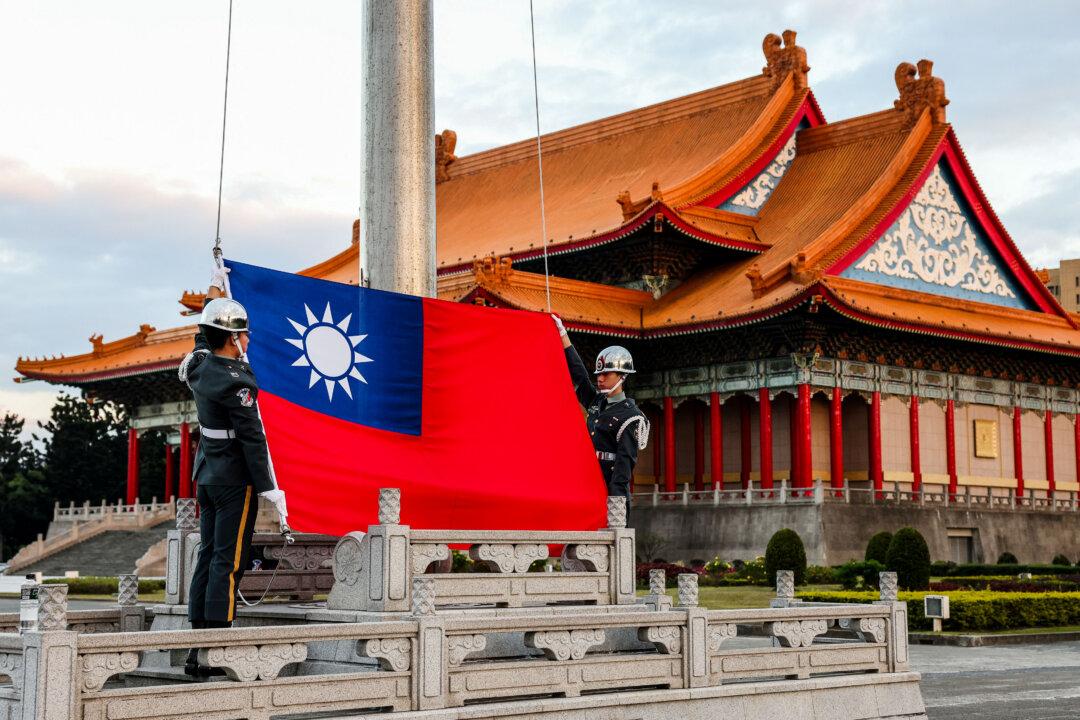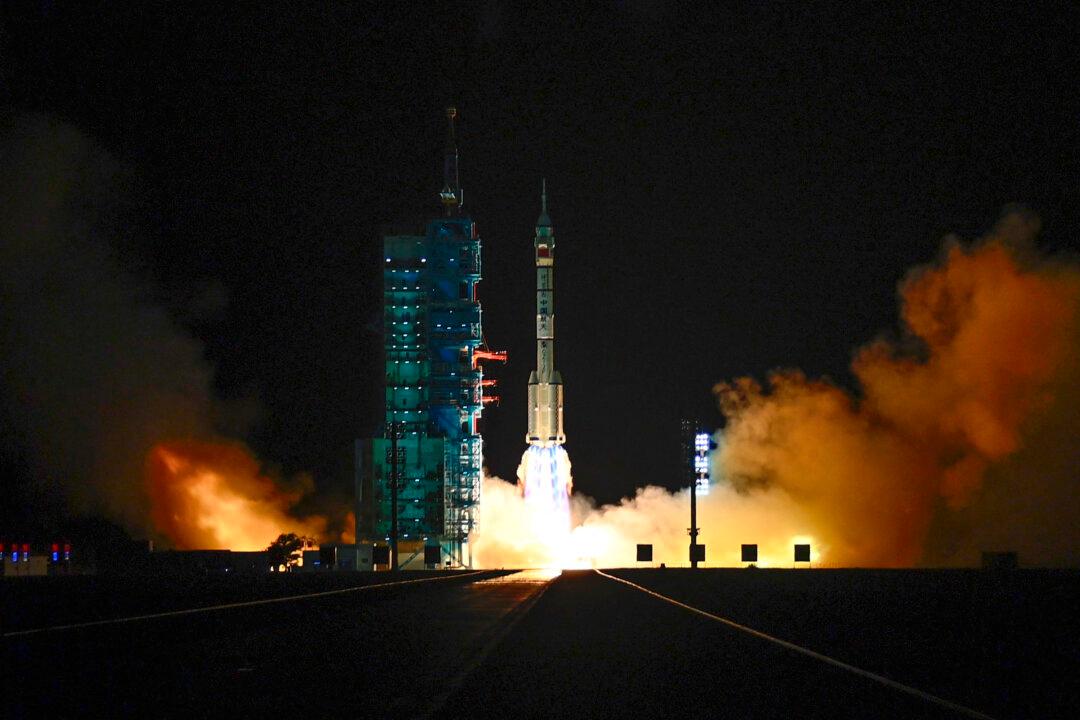The Summit at Camp David has drawn to a close, culminating in a robust show of military alignment among the United States, Japan, South Korea, and Taiwan. On Aug. 21, Japan unveiled a significant hike in its defense budget for fiscal year 2024, Taiwan revealed a record-setting budget for the upcoming year, and the United States and South Korea commenced expansive joint military drills. These collective moves amplify the strategic posture along the first island chain and serve as tangible manifestations of the commitments made during the summit.
At the closing press conference of the summit on Aug. 18, the leaders of the United States, Japan, and South Korea shared a united vision for enhanced trilateral security cooperation and emphasized the role their countries will play in fostering a more secure and prosperous global order.




